
UDK: 340.627:615.214.24+312.2:614.48:614.1(470.45)
V.B. Barkanov1, I.I. Prokofiev1, V.V. Ermilov1, E.N. Lobyntseva2, E.V. Vlasova1, V.L. Zagrebin1, V.V. Sivik1
1 ФГБОУ ВО «Волгоградский государственный медицинский университет» Министерства здравоохранения Российской Федерации; 2Волгоградский областной клинический наркологический диспансер
The analysis of the structure of mortality from the toxic effect of phenobarbital in the city of Volgograd for the period 2014–2018 was carried out. It was revealed that the mortality rate as a result of taking phenobarbital for the indicated period more than doubled, especially among the working age population (35–50 years). When comparing this indicator with a similar one for the period 1994–1998 an increase in the number of lethal poisoning with phenobarbital by 26 % was noted. It was found that taking phenobarbital is often combined with other toxic substances (ethyl alcohol – in 36 % of cases, opiates and opioids – in 11 %, benzodiazepines – in 7 %, antidepressants and neuroleptics – in 6 %, etc.) In most cases, with phenobarbital poisoning, the presence of pathological signs of secondary cardiomyopathy, chronic ischemic heart disease, ventricular fibrillation, acute alveolar emphysema, edema of the substance and membranes of the brain, toxic encephalopathy, necronephrosis was revealed. The results obtained can be considered as additional data when conducting forensic medical diagnostics of acute phenobarbital poisoning and will be useful already at the stage of studying the primary documentation, as well as during the forensic medical examination of the corpse.
phenobarbital, mortality, pathomorphological signs of poisoning.
Прокофьев Игорь Игоревич – к. м. н., ассистент кафедры судебной медицины, Волгоградский государственный медицинский университет, e-mail: igor.prokofiev@mail.ru